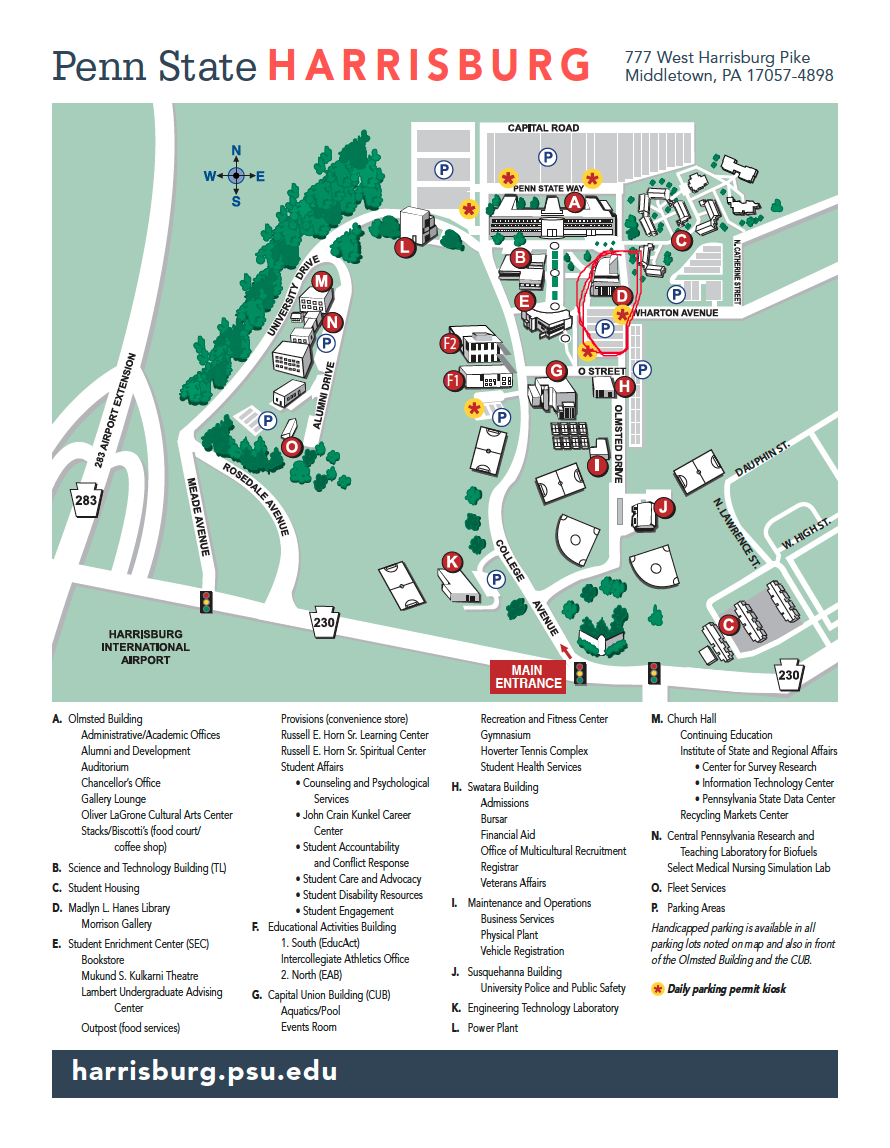History of Antenna and Associated Engineering Technology at the Arecibo Observatory, Arecibo, Puerto Rico
September 24, 2024 Susquehanna Section Dinner/Presentation
The Arecibo Observatory first opened in 1963, has been named an IEEE Milestone in Electrical Engineering and Computing in 2001, and has been a marvel in engineering ever since. It has been a monumental instrument for scientific research in the fields of astronomy, planetary radar, ionospheric probing and HF heating modification, and optical probing of the atmosphere.
While the science and the discoveries are well known to many, the antenna technology and engineering are equally as impressive as the discoveries. The original concept, by Prof. William Gordon in the Electrical Engineering Department at Cornell University, was for a 1000 foot parabolic dish aiming only at zenith, with no tracking capability for studies of the ionosphere with the newly developed technique of incoherent scatter radar (ISR). Fortunately, knowledge of some on-going research with spherical reflectors was suggested where the feed could be moved to slew the beam. This talk will discuss the unique designs over the years of antenna feeds and associated engineering for frequencies from HF well into the microwaves. Many upgrades occurred during these years and will be described in detail in the ways they have provided significant improvements to the Observatory’s capabilities.
Most of the 430 MHz 96 foot line feed antenna broke off and fell through the dish in 2017 during Hurricane Maria. Then in December 2020, the platform fell into the dish destroying large sections of the dish and the equipment in the platform.
There is so much more to tell about the engineering at Arecibo that will be the subject of this presentation.
Dinner will consist of:
- Chicken Bruschetta
- Garden Salad
- Roasted Garlic Mashed Potatoes
- Honey Roasted Carrots
- Assorted Dinner Rolls
- Brownies
Parking for the event is free and is in the parking lot south of the library. See the below map of the PSU Harrisburg for an overview on where the building and parking is located.
There is a fee for the entire dinner+presentation event. There is no fee for only attending the presentation.
Date and Time
Location
Hosts
Registration
-
 Add Event to Calendar
Add Event to Calendar
- Penn State Harrisburg
- 777 West Harrisburg Pike
- Middletown, Pennsylvania
- United States 17507
- Building: Madlyn L Hanes Library (Building D)
- Room Number: Room 101, Morrison Gallery
- Contact Event Host
-
Jack Burbank, IEEE Susquehanna Section
jack.burbank@ieee.org
- Starts 24 June 2024 04:00 AM UTC
- Ends 24 September 2024 10:00 PM UTC
- Admission fee ?
Speakers
Jim Breakall
History of Antenna and Associated Engineering Technology at the Arecibo Observatory, Arecibo, Puerto Rico
Biography:
Prof. Jim Breakall, Life Fellow IEEE, Fellow RCA
Dr. James K. Breakall received B.S. and M.S. degrees in Electrical Engineering from Penn State University and a Ph.D. in Electrical Engineering and Applied Physics from Case Western Reserve University, Cleveland, OH, and has over 50 years of experience in numerical electromagnetics and antennas. He was a Project Engineer at the Lawrence Livermore National Laboratory (LLNL), Livermore, CA, and an Associate Professor at the Naval Postgraduate School (NPGS), Monterey, CA. Presently, he is Professor Emeritus of Electrical Engineering after retiring in December, 2022 with 33 years on the faculty at Penn State. Dr. Breakall was first at Arecibo Observatory (1000 ft dish in Puerto Rico) in 1974 as the first Summer Student from Penn State. He worked with on the design of another 100 ft dish that was used as an interferometer with the main 1000 ft dish. In 1977, he was a NSF Resident graduate student at the Arecibo Observatory on his Ph.D. research on antenna analysis and radar probing of the ionosphere using the 430 MHz incoherent scatter. At LLNL, he and his group worked on the development of the Numerical Electromagnetics Code (NEC), the first sophisticated antenna modeling program. Other significant projects that he has worked on were the designs of the HAARP facility in Alaska (patent received), both HF facilities at Arecibo (Islote and the recent Cassegrain sub-reflector design), and multiple feeds for inside the Gregorian Dome. He received a patent and the R&D 100 Award for the Kinstar low profile AM broadcast antenna. He has been and is a consultant to the Army, Air Force, and Navy, and Industry on antenna design and radio propagation. He also has designed many Amateur Radio commercial antennas including the very popular Ham Radio Skyhawk Yagi antenna, and he is the inventor of the Optimized Wideband Antenna (OWA). Dr. Breakall is also a Life Fellow of the IEEE Antennas and Propagation Society, IEEE Broadcast Technology Society, Eta Kappa Nu, International Union of Radio Science Commission B, IEEE Wave Propagation and Standards Committee, has been an Associate Editor for the Radio Science journal, and served as an Arecibo Observatory Users and Scientific Advising Committee Member. He has been a frequent speaker at the Dayton Hamvention Antenna Forum. He has graduated numerous graduate students and received many awards over the years. In 2017, Dr. Breakall was awarded the prestigious Sarnoff Citation from the Radio Club of America (RCA), the oldest wireless society. He was elected as a Director to the Board in 2018 and 2021 and is the Chairman of their Technical Symposiums. He also serves on the RCA Scholarship Committee. He is also a Fellow of that society. In May, 2023, he was awarded the Technical Achievement Award for all of Amateur Radio for his innovative contributions to that community. His callsign is WA3FET.
Agenda
Dinner: 6:00 - 7:00 PM
Presentation: 7:00 - 8:30 PM



